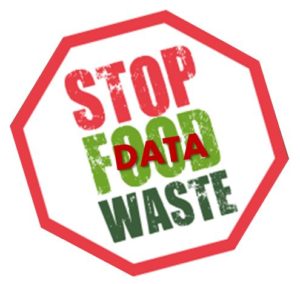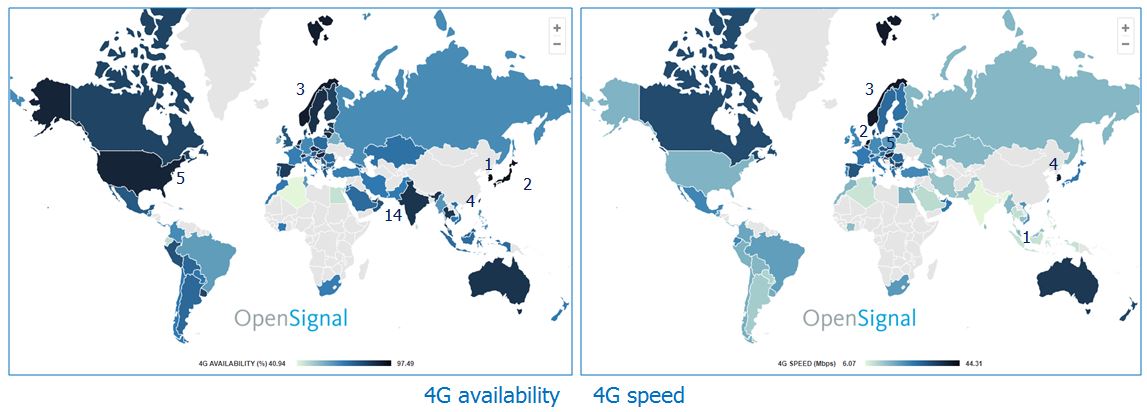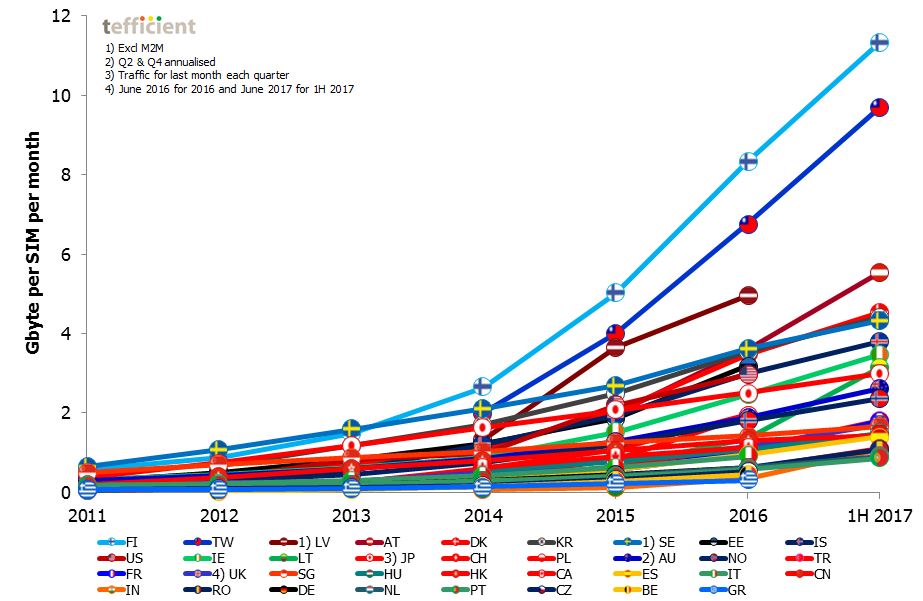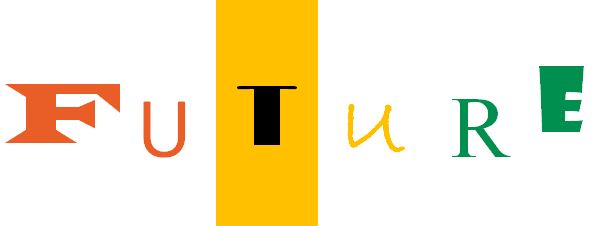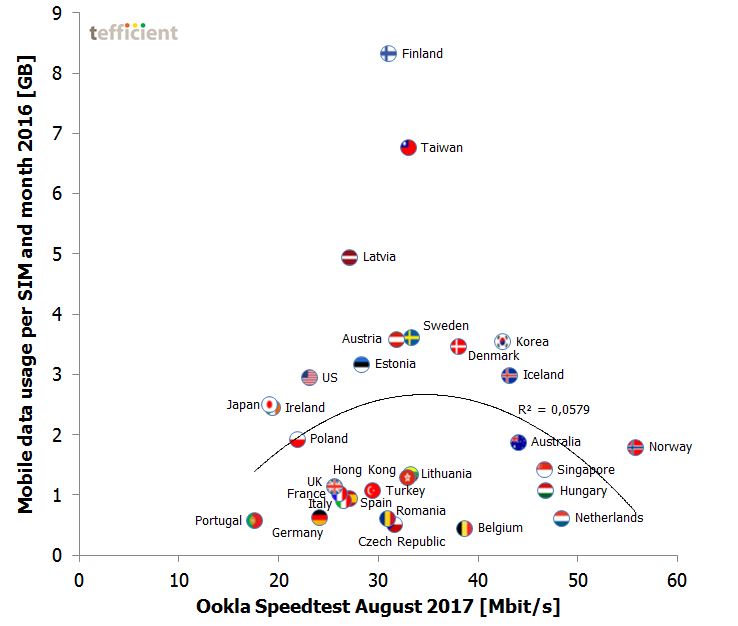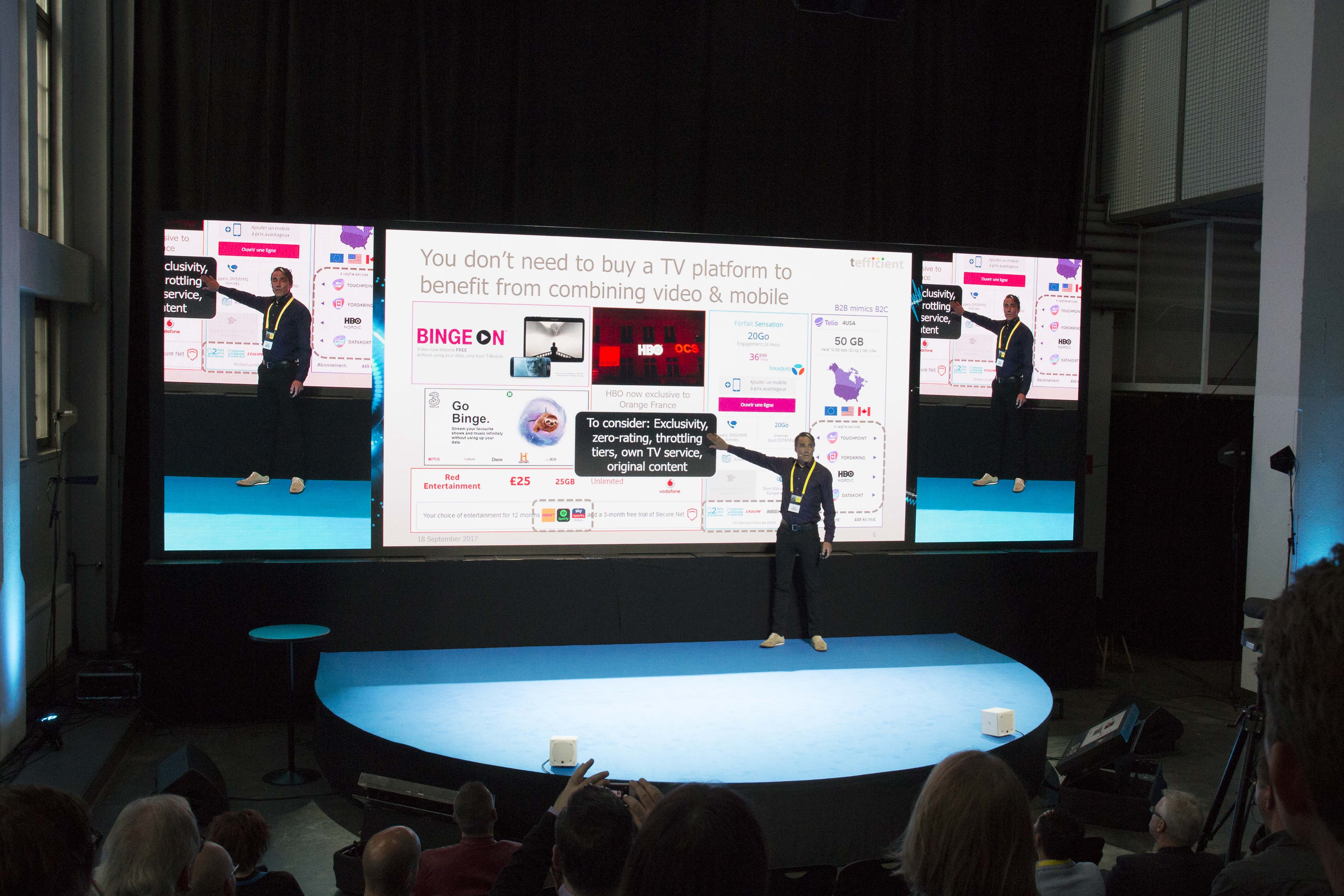When we again dive into OpenSignal‘s crowdsourced stats from the Nordics it is to see if something changed with regards to the network experiences of mobile customers in the region.
This is an update of the previous version of this comparison which was based on data from the autumn of 2017. The old blog contains more background and reasoning.
The data is gathered from December 2017 to February 2018 and covers about 380 million readings from about 12000 unique devices. The data has not been published by OpenSignal but has been shared with us through OpenSignal’s analyst program.
4G availability
The graph below ranks the fourteen operators in Norway, Sweden, Denmark and Finland after how large proportion of time 4G LTE capable devices have been connected to 4G LTE. OpenSignal calls this 4G availability.
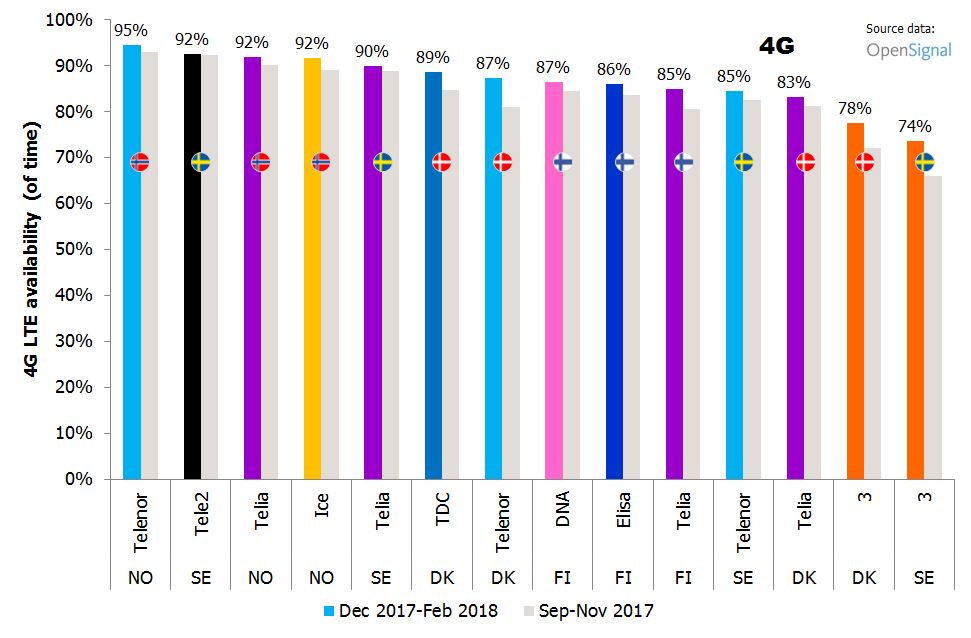
Continue reading Who has the best network in the Nordics? Winter 2018 update.

